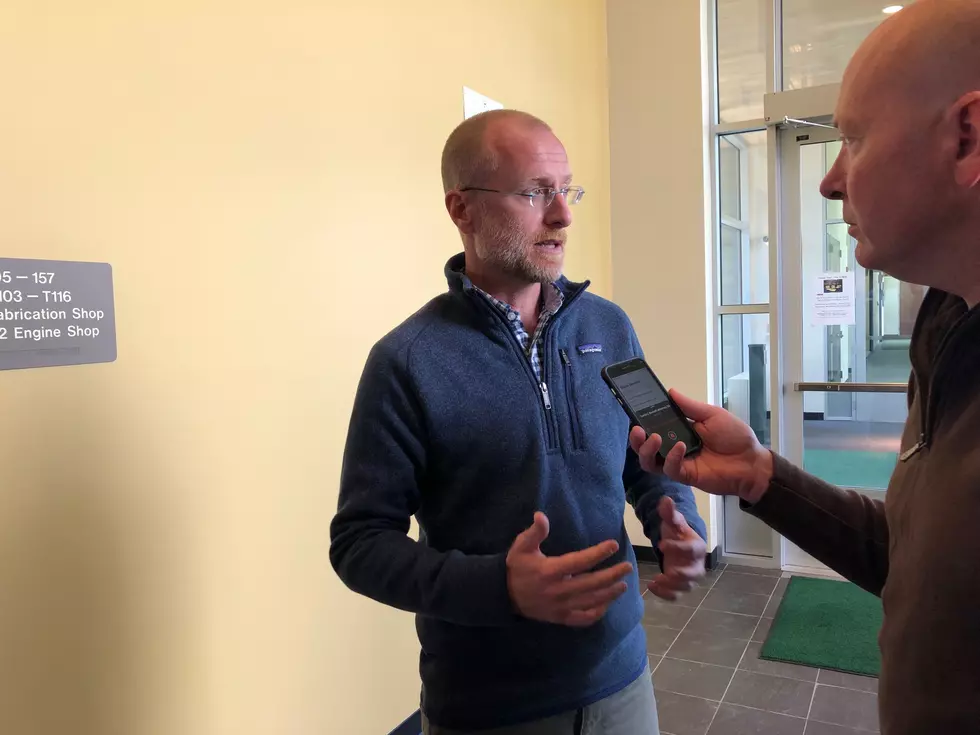
Medicaid Expansion Draws more Seeking Mental Illness Treatment
A new report from the Montana Healthcare Foundation found that Montana’s Medicaid Expansion program has brought larger numbers of patients seeking help for mental illness and substance abuse disorders.
CEO Aaron Wernham described the newly released study.
“We decided to take a look at how Medicaid expansion has affected the prevention and treatment system for mental illness and substance use disorders in the state,” said Wernham. “We know this is one of Montana's really serious, long standing health challenges, and we see that reflected in their rates of arrests and need for treatment for drug use as well as the really troubling problems like the suicide rate in our state being quite high compared to many other states.”
Wernham provided some statistics from the study.
“Medicaid expansion provides coverage for roughly 90,000 low income adult Montanans,” he said. “About 37% of those in 2020had behavioral health service of one form or another,” he said. “Between 2019 and 2020, we saw that the Medicaid expansion enrollee use of those services increase 28% in services overall.”
Wernham said there was an astounding increase in telehealth service usage during the pandemic.
“Medicaid also covers now tele-behavioral health,” he said. “So these services by telephone or by computer link, those increased by more than 3,000%. So new policies allowing for coverage for those services and we saw the system respond pretty quickly to provide help for people in need.”
Wernham said the federal government is helping to fund the tele-health services.
“The federal government made some changes in policy that made it easier to provide tele-behavioral health that was part of this change and the state adopted those federal provisions and the legislature just took some steps to make those changes permanent,” he said. “So we don't know where this is going to settle out. But we do know for people in rural communities that may not have a provider nearby. This is likely now providing a really important new way to be able to access services when you're in crisis and need help the most.”
The number of state-authorized substance use disorder treatment provider service locations more than doubled between 2016 and 2021. In addition, the number of providers waivered to prescribe buprenorphine for opioid use disorders increased by over 700% between 2017 and 2021.
Goosebumps and other bodily reactions, explained
More From Newstalk KGVO 1290 AM & 98.3 FM









